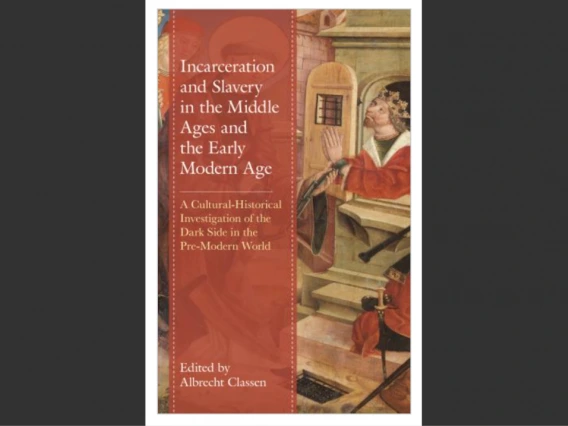Oct. 21, 2021
Image

Incarceration and Slavery in the Middle Ages and the Early Modern Age
A Cultural-Historical Investigation of the Dark Side in the Pre-Modern World
EDITED BY ALBRECHT CLASSEN - CONTRIBUTIONS BY WARREN TORMEY; CHIARA BENATI; DOAA OMRAN; CHRISTIANE PAULUS; MAGDA HASABELNABY; AMANY EL-SAWY; SARAH WHITTEN; ABEL LORENZO-RODRÍGUEZ; FIDEL FAJARDO-ACOSTA; CARLEE ARNETT; ALBRECHT CLASSEN; MARIA CECILIA RUIZ; SALLY ABED; MAHA BADDAR; DANIEL F. PIGG; ANDREAS LEHNERTZ; BIRGIT WIEDL; J. MICHAEL FULTON; FILIP HRBEK AND THOMAS WILLARD
People in the Middle Ages and the early modern age more often suffered from imprisonment and enslavement than we might have assumed. Incarceration and Slavery in the Middle Ages and the Early Modern Age approaches these topics from a wide variety of perspectives and demonstrates collectively the great relevance of the issues involved. Both incarceration and slavery were (and continue to be) most painful experiences, and no one was guaranteed exemption from it. High-ranking nobles and royalties were often the victims of imprisonment and, at times, had to wait many years until their ransom was paid. Similarly, slavery existed throughout Christian Europe and in the Arab world. However, while imprisonment occasionally proved to be the catalyst for major writings and creativity, slaves in the Ottoman empire and in Egypt succeeded in rising to the highest position in society (Janissaries, Mamluks, and others).For more information, see here.

